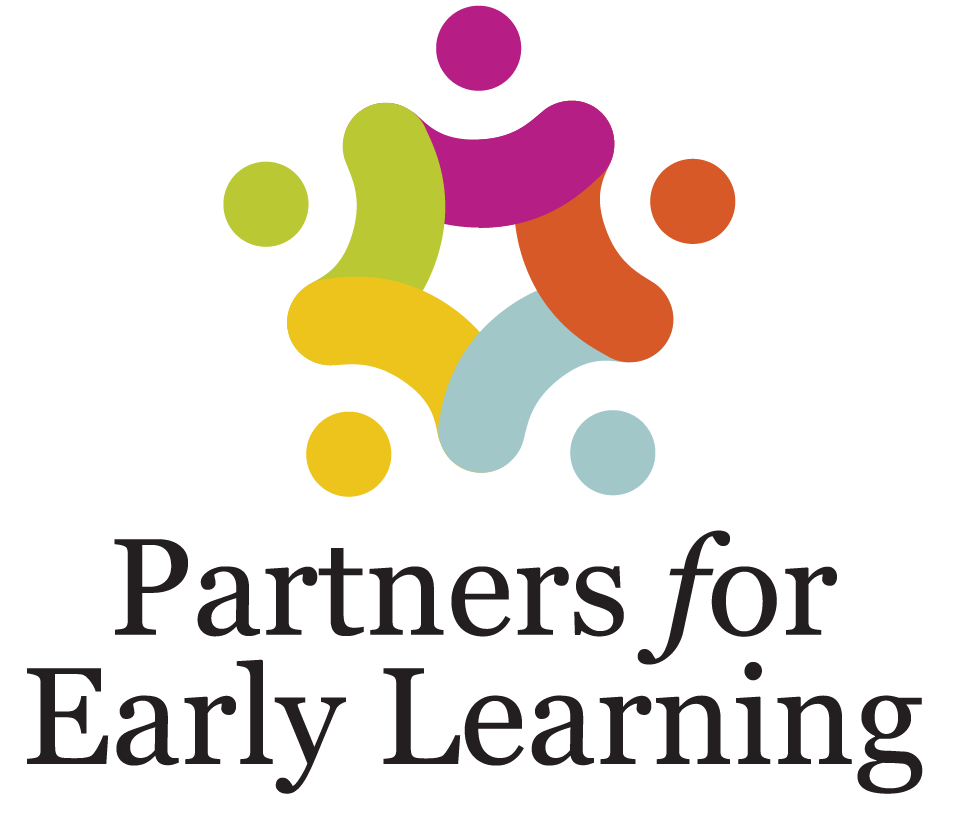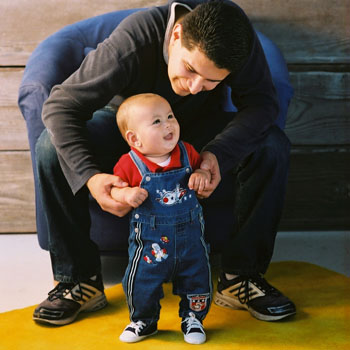Soon after birth, babies are already capable of imitating the emotional expressions they see on the faces of others. In one study, infants only 36 hours old showed evidence of imitating an adult’s expression. In another experiment, mothers showed their 10-week-old infants expressions of happiness, sadness, and anger. In many cases, the babies responded to these expressions by copying them, mirroring their mothers’ expressions of happiness, sadness, and anger. Researchers are investigating the role of “mirror neurons” in this process. This special type of brain cell responds to behavior or emotion observed in other people by imitating or “mirroring” that behavior or emotion. Researchers believe that mirror neurons may be important in the process of newborn imitation and the development of empathy when children are older. Imitation is a powerful way babies and young children learn from others.
References:
Field. T. M., et al. (1982). Discrimination and imitation of facial expressions by neonates. Science, 218, 179
Lepage, J., & Theoret, H. (2007). The mirror neuron system: grasping others

